– By Collin Snyder, Team OAM NOW cyclist
This year has been a roller coaster of ups and downs. When the season was in its early strides, I was already showing sings it was going to be a good year. I put the time in over the winter and dividends were coming in. Then right when it started, it ended. On a training ride, I broke my kneecap (non-displaced patella for you medical people), putting the brakes on all plans for the year. Seven weeks later I was on the bike, but nowhere close to where I started. In fact, my first week back, it was hard to do a ride over a 20 minutes 
I re-adjusted my expectations, and decided to just roll with the punches and enjoy the summer racing. Due to the still weak knee, I decided to do Lumberjack on a geared bike. This is so unheard of for me, I actually had to buy a rear MTB wheel that wasn’t single speed dedicated. I raced and struggled. The results were similar on the road. I showed up, put my all into it, but it just wasn’t there. To make matters worse, not longer after Lumberjack, I broke a rib in another crash. This just wasn’t my year.
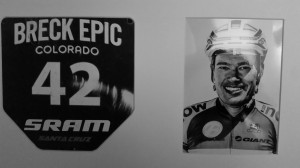 In mid-August, I took a little break from the road to race a bucket list race; the Breck Epic, a 6 day MTB stage race in Breckenridge Colorado. My rib was healed, I had some training under my belt, but I really didn’t know what to expect. The race ended up living up the hype. Being from Michigan, I just wanted to finish. I raced smart everyday, always metered my efforts with the altitude always at the back of my mind and bottom of my lungs. In the end, I finished 16th in my age group for the six days, and had a top 10 on the last day.
In mid-August, I took a little break from the road to race a bucket list race; the Breck Epic, a 6 day MTB stage race in Breckenridge Colorado. My rib was healed, I had some training under my belt, but I really didn’t know what to expect. The race ended up living up the hype. Being from Michigan, I just wanted to finish. I raced smart everyday, always metered my efforts with the altitude always at the back of my mind and bottom of my lungs. In the end, I finished 16th in my age group for the six days, and had a top 10 on the last day.
When I came back, I wanted to use my re-found fitness while it was still around. With shifting of some of the races this year, Labor Day weekend was free for me to head out of state to race Shenandoah Mountain 100. This is a race that I’ve raced five times prior, with my last experience in 2013 soured by the remnants of a hurricane which dumped heavy rain for a majority of the race. This year, I was just going to have fun.
When the race kicked off, as always it started fast, but this year, I decided not to kill myself and watched my single speed competition struggle to hold onto the likes of Jeremiah Bishop’s wheel while spinning at 190 RPM. This is a big change for me. Normally at these NUE races, I kill myself at the beginning, get in a good position, then slowly fade and then struggle to stop the bleeding as fresher competitors pass like I’m standing still.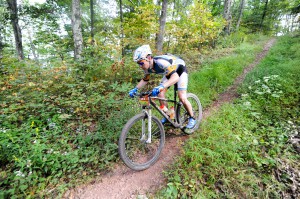
I rode my pace up climb 1 and 2 of six without seeing another single speeder. When I reached the bottom of the second descent, I saw a racer begging for a tube. I figured I was just riding my bike and I had a tube on me and another about 10 miles up the road at the next aid station, so why not stop and help him. Good karma right? Helped him out, took a nature break, and was on my way.
Going up the fifth climb, also affectionately known as “The Death Climb” due to the fact its about 18 miles long, I rode my pace. Slowly, one by one, I started passing people. Most were geared, but four were my single speed “classmates”. As I reached the top and started going down, I pass a guy messing with his bike who then realizes I’m a single speeder also. Panic sets in (for him), and he puts it in high pursuit, bombing down the 5 mile, super rocky, 2500 ft decent. He passes me like I’m standing still. Although I’m a good descender, I’m still a flat lander, so I ease off knowing I want to live to see another day. Midway down the trail, there’s a short climb which the SSer comes back into view, and he’s walking up it. I manage to scale it without walking. With one more 25 minute climb to come in the closing miles, I know I’ll have him.
I make it down to the bottom safely, reach the last aid station, take a NASCAR style stop, and I’m in hot pursuit. When I get to the start of the last climb, he’s out of sight, but I do a steady tempo, never becoming impatient. Although slow, it was faster than I’ve ever gone up that climb in the 5 other editions. I actually had gas left in the tank, what a concept! Midway up the climb, I see him, and he had nothing left. The grade was too much for his blown up legs. I put a poker face on and stand up to “dance on the pedals” as he hiked next to his rig. As I pass, he says he’s got nothing left and congratulates me on my effort. I ride safely up and down the last mountain, and roll in nearly 25 minutes faster than my personal best. I place third in the Single Speed Class, beating my previous best by 8 places.
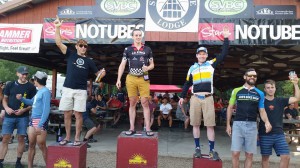
This race really mirrors my recovery. I re-adjusted my expectations, aimed for fun over results, and sure enough, I managed to accomplish both. Sometimes it’s a bunch of crappy setbacks that makes you step back and realize why you’re in this sport to begin with. This mindset will continue into cyclocross season where another training disruption is imminent. My wife and I are expecting our first child, about a month before Iceman.
The post Slow and Steady. appeared first on Team Athletic Mentors.
 Colorburst Tour, sponsored by the Rapid Wheelmen, offers the perfect opportunity for a pure joy ride. This event, which starts and ends at the beautiful Fallasburg Park, offers distances ranging from 17 to 100 miles, with gravel riding options as well. With a pancake breakfast before the ride, SAG support, refueling stops, and a warm meal after the ride, it creates an incredibly enjoyable day.
Colorburst Tour, sponsored by the Rapid Wheelmen, offers the perfect opportunity for a pure joy ride. This event, which starts and ends at the beautiful Fallasburg Park, offers distances ranging from 17 to 100 miles, with gravel riding options as well. With a pancake breakfast before the ride, SAG support, refueling stops, and a warm meal after the ride, it creates an incredibly enjoyable day.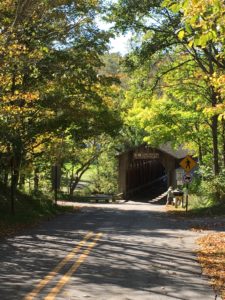




 Our Hockey Site
Our Hockey Site Team AM
Team AM


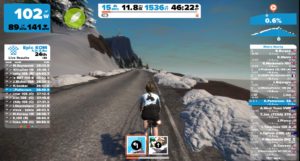
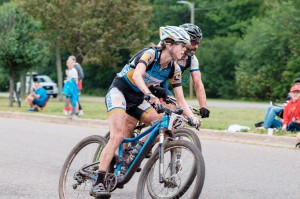
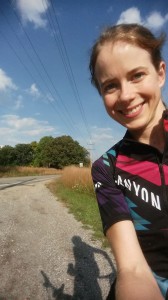
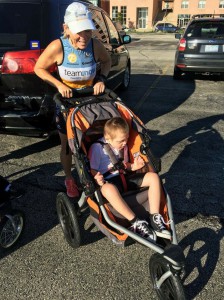
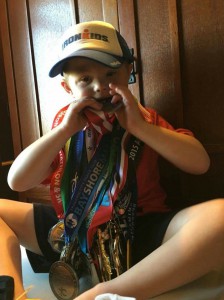
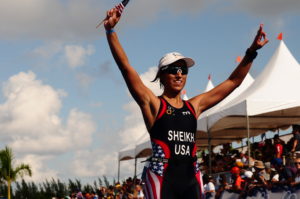
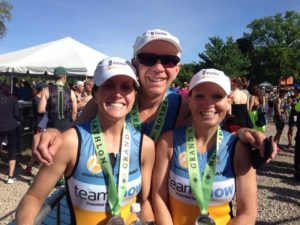
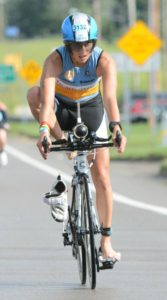
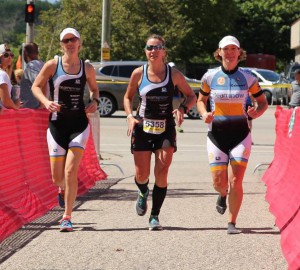
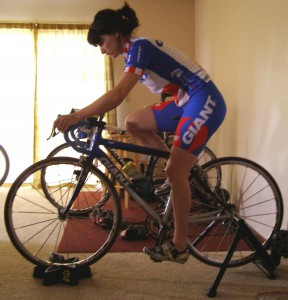
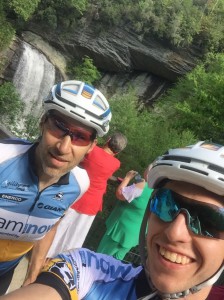



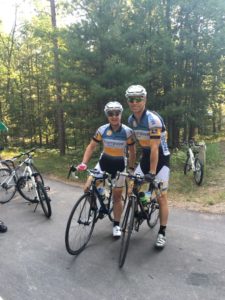
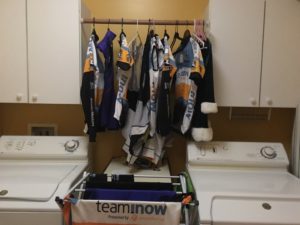
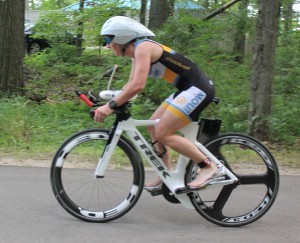
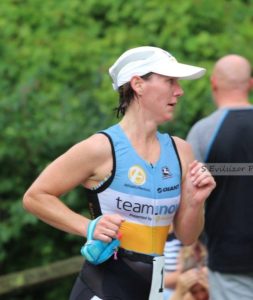
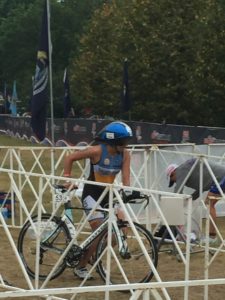
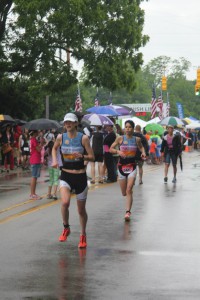 from racing Olympic distance to Half Iron is a big one. I suggest a season dedicated to a build where you start with a solid training plan, and ending with your Half Iron event. A lot changes when you increase your longest race distance by 100%. Such a jump in distance requires, more precise training and recovery, nutrition, support at home, sleep, and a number of other things.
from racing Olympic distance to Half Iron is a big one. I suggest a season dedicated to a build where you start with a solid training plan, and ending with your Half Iron event. A lot changes when you increase your longest race distance by 100%. Such a jump in distance requires, more precise training and recovery, nutrition, support at home, sleep, and a number of other things.